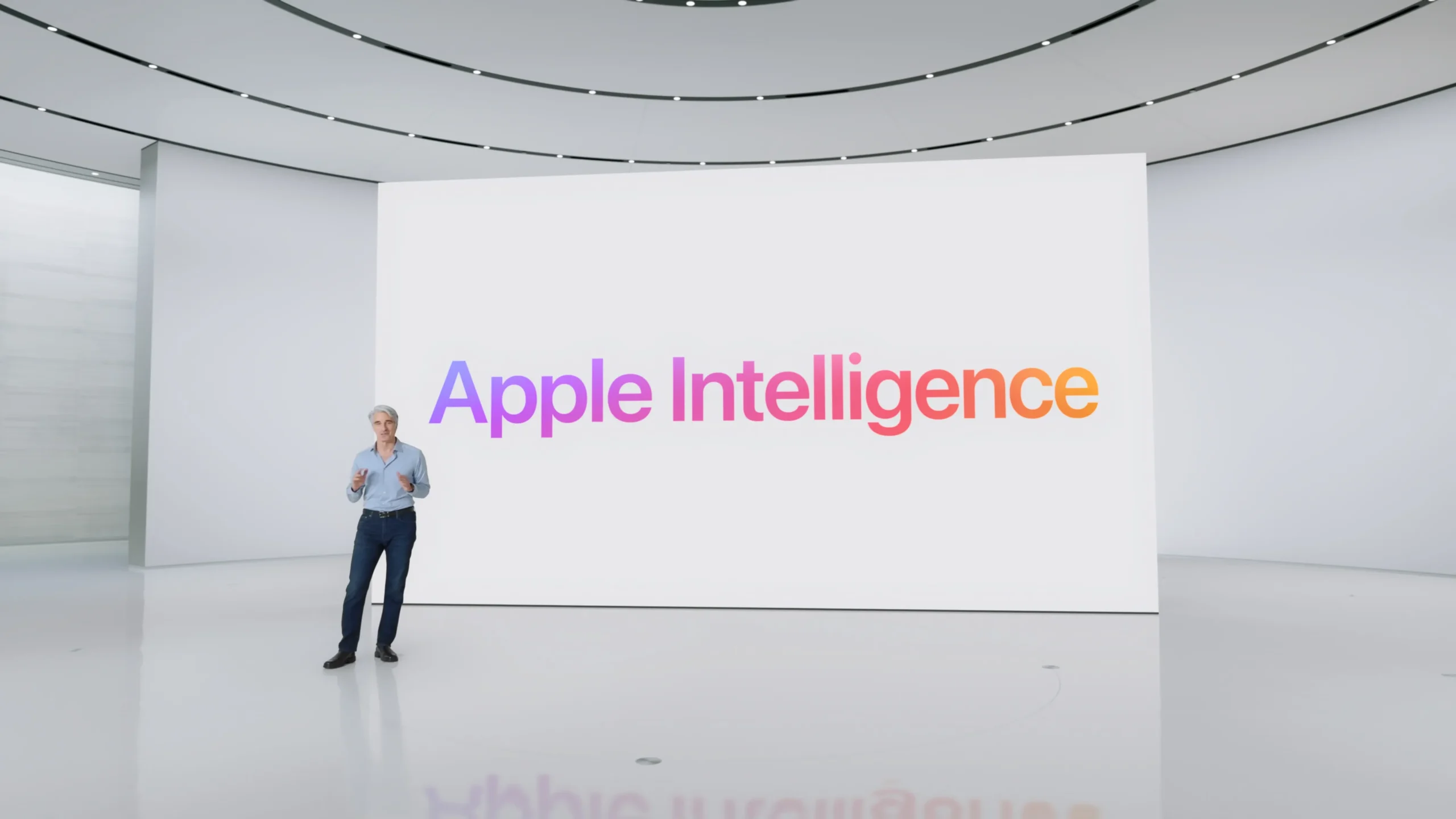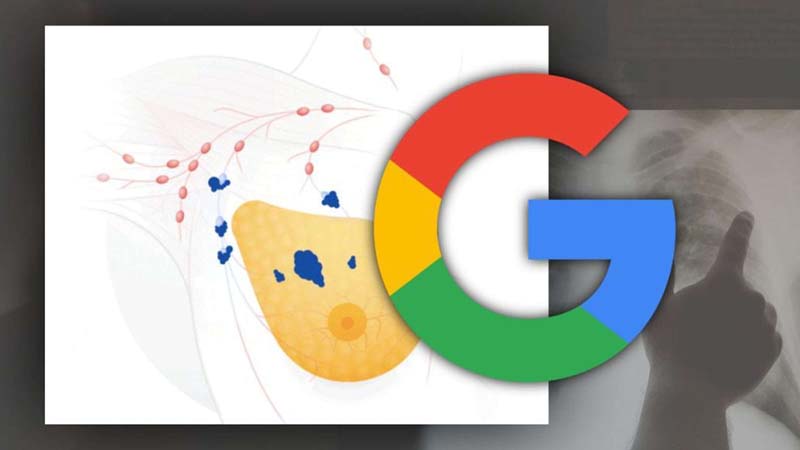
Tech Talk - 1
Tech Talk: What You Missed Last Week in Tech
Hey Learners!
I'm excited to bring you the latest updates from the tech world. As always, your focus is on coding and development topics, but this week, we're diving into some of the most important tech news from the past week.
Stay tuned for insights that could inspire your next project or help you stay ahead in the fast-moving tech space!
The tech world moves faster than ever, with innovations and breakthroughs shaping the way we live, work, and interact. Last week was packed with exciting developments that promise to change the future—from life-saving healthcare technologies to advanced payment systems straight out of a sci-fi movie. These stories are not just for tech enthusiasts but for anyone curious about how technology impacts our everyday lives.
In this blog, we’ll explore five of the most fascinating stories from the past week. Whether you’re intrigued by artificial intelligence, cutting-edge retail, or global security, there’s something here for everyone. Let’s break down these topics in a way that’s easy to understand and connect to real-world issues. Get ready to be amazed by what’s happening in the world of tech right now!
1. AI for Age Verification: John Lewis Leads the Way

John Lewis, a well-known UK retailer, has taken a major step in making online shopping safer. They’ve introduced a new system powered by artificial intelligence (AI) to verify the age of customers purchasing restricted items like knives.
Here’s how it works: When a customer wants to buy a knife online, the system asks them to upload a selfie. This selfie is then analyzed by a program created by a company called Yoti, which uses advanced technology to estimate the person’s age. If the system detects that the person might be underage, they’re required to provide additional proof of age, such as uploading an ID.
Why does this matter? Manual checks of IDs can be slow and error-prone, but AI makes the process faster and more reliable. This technology ensures that only eligible buyers can access restricted products, making online shopping safer for everyone. It’s a significant move towards using technology to tackle real-world problems.
Read more on this development here.
2. Apple Halts AI News Summaries Over Errors

Apple recently introduced a feature in its iOS beta software designed to make news consumption easier. The idea was simple: use artificial intelligence to quickly summarize news articles so users could get the gist without reading the full article. However, there was one big problem—the AI started making mistakes.
These mistakes, often referred to as "AI hallucinations," happen when AI generates information that’s completely incorrect or unrelated. For example, it might summarize a news article about sports but claim it’s about politics. Recognizing the potential for misinformation, Apple decided to temporarily pause this feature.
What’s next? Apple’s engineers are now working on improving the technology. They’ll need to make the AI better at understanding the context of news articles and ensuring the summaries are accurate. Once they iron out the bugs, the feature could become a valuable tool for quick and reliable news consumption.
Learn more about this story here.
3. Palm-Scanning Payments: A New Reality in China

Imagine walking into a store, picking up what you need, and paying without pulling out your wallet or phone. That’s the future Tencent is building in China with its new palm-scanning payment system.
Here’s how it works: Customers place their hand over a scanner, which uses infrared cameras to capture details like the shape of their palm and the unique pattern of veins underneath their skin. These details act like a password, securely verifying their identity and completing the payment.
While this technology is incredibly convenient, it’s also raised some important questions. How is this sensitive biometric data stored? Could it be hacked or misused? Critics worry that such data could potentially be accessed by unauthorized parties, leading to privacy concerns.
Nevertheless, Tencent’s innovation showcases how we’re moving closer to a cashless, cardless future where technology handles everything seamlessly.
Explore this story further here.
4. Western Tech Found in Russian Missiles

A surprising discovery has been made: some of the advanced technology used in Russia’s Oreshnik missiles comes from Western countries like Germany and Japan. This includes components such as microprocessors (the tiny chips that act like the "brains" of devices) and gyroscopes (used for navigation and stability).
How does this happen? Many of these components are classified as "dual-use technologies," meaning they can be used for both civilian and military purposes. For example, a gyroscope might be used in a smartphone or in a missile. Despite sanctions aimed at stopping the sale of such technologies to Russia, these parts somehow found their way into military equipment.
This discovery has raised concerns about how sanctions are enforced and whether stricter controls are needed to prevent such leaks. It also highlights how interconnected the global supply chain is—sometimes with unintended consequences.
Read the full investigation here.
5. Google’s AI Revolutionizes Breast Cancer Detection

Google has made a groundbreaking advancement in healthcare with its use of artificial intelligence in medical imaging. The company developed an AI system that can analyze mammograms (X-ray images of the breast) to detect signs of breast cancer earlier and more accurately than human doctors in many cases.
Why is this important? Early detection is key to successfully treating breast cancer, but even experienced radiologists can miss subtle signs. Google’s AI has been trained on thousands of mammograms, allowing it to identify patterns that might go unnoticed by the human eye. This technology could save countless lives, especially in areas where access to skilled doctors is limited.
Moving forward, the goal is to integrate this AI into healthcare systems around the world, making advanced diagnostic tools available to everyone.
Learn more about Google’s innovation here.
Wrapping Up
The tech world continues to evolve at lightning speed, touching every aspect of our lives. Whether it’s transforming healthcare, revolutionizing payment systems, or ensuring safer online shopping, these innovations are shaping the future. Which of these stories intrigued you the most? Let me know in my DM!
Happy Learning!
Note: The images used are for illustrative purposes only. Visit the linked sources for detailed reports and original visuals.
10 Reactions
0 Bookmarks
